So since I have an expert in structural matters here, and Old Rocks ran from the question. Suppose you could build a turbine half the size, with 10% of the weight. What do you think that would do to the inherent problems in the current turbine design?
Torque is your issue.. Wind hitting the turbine at X speed produces xx torque. That Torque is offset by magnets within the generator. By reducing the size you also reduce the output and need for torque.
The problem is three fold.
1. All wind turbines have rotation gears, offsetting magnetic fields within the generator, and the pressure on the individual blades is never constant and can vary widely. These conditions will always cause vibration.
Lighter is not always better as vibrations tear apart lighter steels and aluminum. Even by reducing the output (size of the gen set) you will not escape this.
2. Control systems require constant maintenance. If your not facing into the wind or 90 deg opposing (furled) you will get massive vibrations and wear on the main bearings. even in smaller versions of these units you can not escape this.
3. Reduced size means lower output and thus the need for more of them. Increasing the number of problems solves nothing..
There are many designs for wind turbines. They are designed for the average wind speed of your wind zone. They must be able to self furle (shut down) so they do not self destruct if they over speed due to to much wind or to fast.
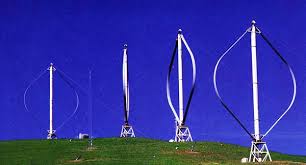
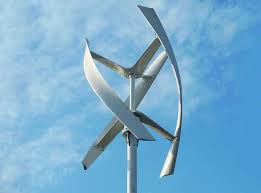
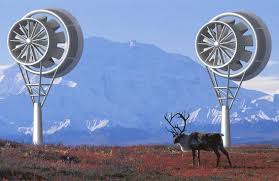
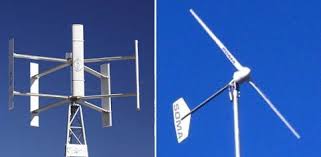
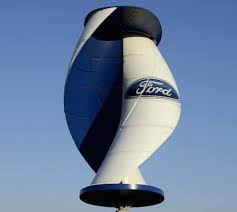
There is much left to be learned in this field..
But does smaller = lower output? You're assuming it's made out of materials you're apparently familiar with....what if it isn't?
One. We would have to over come the vibrations or make them resistant in some way to make them last longer and reduce upkeep.
Two. The output, if it could be kept to near 50,000kw (much bigger than this and the magnets are to big to place into a gen set) would be interesting.
Three. the need for lubrication and control... how can we reduce the need for these and make the unit self sustaining?
This is a young industry that was pushed long before it was ready for prime time.. The environmental issues are ones that need to be addressed as well.. Bird kill, low hum vibrations and animal behavioral changes, etc...
Aerogel. If you haven't been following that development...I'd start if I were you.
HMMmmmmmmm
"First synthesized in 1931, aerogels were the result of a bet between two chemists. Knowing that jellies are mostly pectin gelled with water, they challenged each other to remove the water without shrinking the jelly. Now aerogels are among the least dense solids, possess compressive specific strength similar to aerospace grade graphite composite, and provide the smallest thermal conductivity for any solid."
Source
See what I mean? They're not there yet, but they're on the way. Some of the deformation testing I've reviewed has revealed...at least to me some tantalizing possibilities.